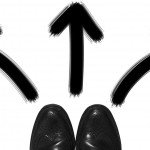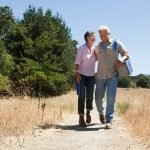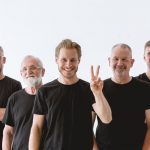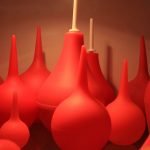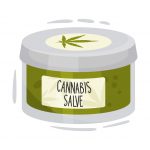Onsite, Online, and On-hand
FRASER SMITH, MATD, ND
Teaching and learning are 2 sides of a coin that leads to education. That makes it intrinsically a social construct, albeit with objective, discernible activities involved, such as conducting a chemistry lab experiment or learning how to conduct a physical examination. There is an inherently learner-centered aspect to education, and any current or past student of naturopathic medicine can remember some of the many occasions when they had to will themselves into action to study for that next exam. And, at the end of the day, or end of the term, something must come together in the mind of the learner. It may be recollection of facts, and very often it is the incorporation of an assembly of new concepts and ideas into their preexisting knowledge of the world.1 This is one of the basic principles of the constructivist school of thought in educational theory. The learner must create the knowledge versus the teacher transmitting it. Ask any ND intern nearing the end of their 4th year how they see themselves after that period of internship, and they will tell you they have changed.
Teachers & Technologies
As a naturopathic student in the early-to-mid-1990s, I always enjoyed my time to read and review and type out my notes into my 486 computer (the one with 4 MB of RAM and a 200 MB hard drive, which everyone seemed to acquire overnight). But I gained immensely from the times I did set aside, every week, for a back-and-forth with 2 trusted study partners. As for school, I benefited from the structure of it and from the reinforcement of having to suit up, show up, and keep up with my cohort as we moved along through the curriculum. Years later, words spoken and examples set by my teachers still come back to me. I recently saw a message from beloved CCNM faculty member Dr Ken Dunk,2 whose career in medicine and education spans decades. The comments section made clear what I already knew: that he had a profound impact on our formation as doctors; as a prodigy of teaching, that means thousands of doctors studied with him. It is not merely the techniques of spinal and extremity manipulation, the diagnosis, the patient rapport skills, the homeopathy knowledge that he imparted; it is also the journey that student and teacher took together. Lest that sound overly romantic, ask any 3rd-year naturopathic student beginning an internship how they would feel about going it alone.
Age of Progress
For some time now, education – particularly higher education – has been moving in the direction of online learning. This is not surprising, because technology has always been incorporated into learning. The mass production of textbooks changed the ease of access and, in some cases, standardization of education. Students in the 20th century were able to tape-record certain lectures. In my time, we could exchange information on diskettes, and when I installed a modem in that computer, I joined a universe of instant communication that is as normal and ubiquitous as air is for my own children.
As the ability to explore information expanded with the explosion of the World Wide Web, the easy access of information caused an initial change to education, including medical education. Instead of having to ask an expert, or walk the “stacks” to find that one elusive journal article (a hunt that would be impractical for me now), a student of naturopathic medicine can simply access terabytes of studies, summaries, treatment protocols, scans of classic herbal medicine works. The added dimension of social media makes the discussion and dissemination of these resources exponentially faster.
What became apparent over the first 2 decades of the 21st century is that information alone, and time spent by students, is not enough. Educators must be able to see if a student has indeed acquired knowledge; in the past 10 or 15 years, the gold standard for this is to see if a student can perform an activity, applying what they have learned in some observable task.
As that step into the world of assessment has occurred, another necessary requisite for learning is for the experience to be structured. It’s not enough to just have the readings available; the journey must be planned. One Latin meaning of the word “curriculum” is “to run a race course.” So, even in an electronic format, the course the student must run had to make sense and be meaningful as well as well organized.
Catapulted into the Virtual Campus
In 2020, these trends have accelerated, like a SpaceX rocket leaving the launch pad. The COVID-19 pandemic had all of higher education rushing to move courses online as campuses shut down.3 The “Learning Management System” (LMS) platforms, such as Blackboard, have been in common use for over 20 years. Most schools make extensive use of them, offering some courses online and having a course site on the LMS for posting notes, administering small quizzes, and creating due dates for assignments or deadlines, etc.
I’ve had a very active LMS to support my many courses for the past 15 years. With the rapid shutdown, the LMS became the campus. The existence of this technology was fortuitous, as it allowed for continuation of the program. Three things became apparent rather quickly. One is that quality matters, and a well-designed instructional plan within a course (versus a hodge-podge of notes and dropboxes shoved onto an LMS) makes a huge difference. And although online can be awesome – I did a Masters in this format from 2012 to 2014 – it stops short for things such as anatomy dissection, physical examination, and physical medicine (all so-called “hands-on” activities). A second point is that the novelty of pure online learning wears off quickly. It has long been a dream for many a naturopathic student to be able to do class from the couch at home in sweats. As convenient as that is, the lack of boundaries between school and home, and the simple Zoom fatigue from hours of video meetings and online work, started to become truly taxing. This leads to the third concern, which is that the bond between teacher and student can weaken in the online format. This is not a given, but in the busy pace and larger groups of medical school it can be lonely at home. In my own courses, I make sure to have a live Zoom meeting each week without overdoing it. But this recent sudden emergency shift has made clear that teachers and students miss each other. In spite of the long hours, the chairs, the desks, and the sometimes dry lectures, there is something important about gathering together with a common purpose. It turns out that education is not just knowledge, and is more than performance. It is difficult (but not impossible) to recreate without face-to-face encounters, especially for enterprises such as medicine.
The Healing, or Learning, Partnership
Perhaps the lecture-driven model of education, often derided as “Sage on a Stage,” had reached its date of expiration. Certainly, monomodal delivery of curriculum, and often monotone lectures all day long, are truly passé in this age of instant information. However, the Sage – or, if you like, the Guide (on the side) – is turning out to be a crucial component of the learning experience. The dyad formed by learner and teacher has analogies with that of naturopathic doctor and patient. In clinical practice, the diagnosis and the treatment must be accurate and effective. But to get to that understanding of the person and what needs to be cured, and to administer and follow up on treatments given, requires communication. And, beyond that, it takes a kind of partnership – not necessarily a friendship, but an agreed-upon enterprise that doctor and patient will set out on together. Many of us were drawn to naturopathic medicine not only for the profound sense of truth about treating causal factors and considering whole systems. The doctors whom we sat in with, or went to see, ourselves, as pre-ND students, had a true compassion and open sharing of their knowledge, their time, and themselves with patients.
Education, it turns out, at its best is not all that different. The docere of the medical school teacher, is unique, but it reflects something important that happens in the room. Just as I remember Ken Dunk showing me how to adjust the thoracic spine or – when I worked by his side as a resident – how to tackle a complicated case, he exuded a sense of “you’ve got this, kid,” while subtly imparting tons of knowledge, often by example.
The Interaction Rules
All that said, there are teachers who are almost exclusively online that students benefit from greatly. One of the keys is that those courses have discussion boards, and that teacher is present and active on that board very frequently. I experienced this in my Masters in Training and Development. Many of my teachers in that Masters were there to guide, prompt, and give feedback almost daily. In a couple of cases, they were pretty scarce. So, even at a distance, the human interaction is important. Fact retention, it seems, is almost a byproduct of the right kind of learning environment.
On a rare Saturday off from constant study and work in my student days, I treated myself to a sci-fi film called Johnnie Mnemonic. Keanu Reeves plays an information smuggler who had a port through which he could download massive quantities of data into his brain. At the beginning of the film, he overdid it, and his synapses started to leak (naturopathic students can probably relate). Regardless of the all-night ND school cram-sessions, the constant reading, the medical terminology mnemonics, and the exams, the downloading of bytes is decidedly not what education is about. So, as in many areas of life, the challenge is to adapt and use the technology but keep the humanity. Because the human mind is not just an NADH-driven serial processor, but also emmeshed in a deeply complex and spirited being, we learn under the conditions that happen to make us thrive.
Learning On-Hand
One development that is exciting is the mobile aspects of learning.4 This has happened already, and it manifests when by phone (on-hand) or tablet, we can access our courses, and colleagues, and the content from virtually anywhere. This can have a downside, as it can find us dragging our work everywhere and – if we are not careful – stealing important moments from our loved ones and ourselves. But managed with boundaries, it is a freedom that previous generations did not have. And we need it now more than ever.
Of Bandwagons & Boomerangs
People learn from people, and one consequence of this is the so-called Bandwagon effect. That is a sense that “everyone is doing it,” so we should too. The danger for naturopathic medical education, and higher education in general, is that online learning becomes normalized and then formalized, such that a teacher or program not wanting to go to extremes with online content is left trying to justify why they are not. There are brakes on this potential pitfall. The Council on Naturopathic Medical Education5 sets limits on how much of a program can be online and not in person. State licensing boards do not, but that time could come. I recall how our system of education was challenged for a while by correspondence “naturopath” schools, and one of our rebuttals was that we have actual campuses and we know on sight who our students actually are (there are many more distinctions one can draw).
Times have changed, but there is an important caveat: We don’t want to innovate our way right out of the physician-level training world. MD, and DO programs essentially send the students into clerkships, on their feet and in person, at a hospital or clinic, from the middle or end of year 2, onward. They might embrace online for year 1, and use it as a fall-back during pandemics, but at least 50% of their program is de facto in person, working with people. I attended an AMA webinar on returning to clerkships this past April and, like everyone, they had to bend with the forces of nature, at least temporarily, and are now returning to work. As a permanent state of affairs, we would not want our naturopathic medicine programs to be mostly online, when other primary-care professions are mostly in person, hands-on with patients. Our clinical training is incorporating more telemedicine – an important competency – but we would be unwise to migrate everything else to a “do it from home” format. That could literally come back to harm us. And this is why – just like we select the dose of a medicine that is helpful but not overpowering to the organism – it serves us well not to jump on the online bandwagon to be carted off to destinations unknown.
The future is exciting, and the possibilities for naturopathic medicine are many. In some ways, we are just beginning to learn how to blend many forms of communication, information retrieval, and leaner activity into 1 coherent experience. Certainly, convenience and cost will need to be considered through this decade. But quality of instruction and quantity of in-person, online, and total hours, will too. And whatever the medium, the affirming, enlightening, and very patient walk down the road, like the one I took with Dr Dunk, will remain at the heart of the education.
References:
- Dennick R. Constructivism: reflections on twenty five years teaching the constructivist approach in medical education. Int J Med Educ. 2016;7:200-205.
- Dr. Ken Dunk, ND. Canadian College of Naturopathic Medicine. CCNM Web site. https://www.ccnm.edu/content/dr-ken-dunk-nd. Accessed July 29, 2020.
- Greeno N. Prepare to Move Online (In a Hurry). March 10, 2020. Inside Higher Ed. Available at: https://www.insidehighered.com/views/2020/03/10/prepare-move-online-continuity-planning-coronavirus-and-beyond-opinion. Accessed July 29, 2020.
- Khadim B. Mobile Learning and Education in the Digital Age. March 2, 2018. Available at: https://elearningindustry.com/mobile-learning-education-digital-age. Accessed July 29, 2020.
- Council on Naturopathic Medical Education: Accrediting Naturopathic Doctoral Programs in the U.S. and Canada. Available at: www.cnme.org. Accessed July 29, 2020.
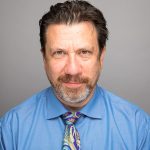
Fraser Smith, MATD, ND, is Assistant Dean of Naturopathic Medicine and Professor at the National University of Health Sciences (NUHS) in Lombard, IL. Prior to working at NUHS, he served as Dean of Naturopathic Medicine at the Canadian College of Naturopathic Medicine (CCNM) in Toronto, Ontario. Dr Smith is a licensed naturopathic physician and graduate of CCNM.


